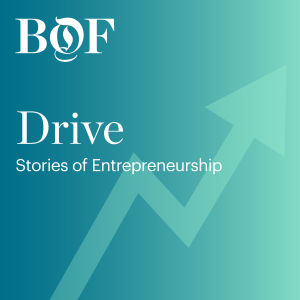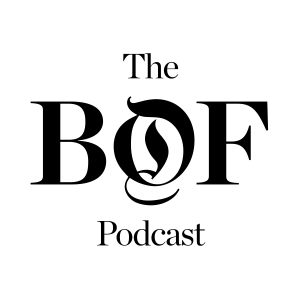

The Business of Fashion Podcast
https://feeds.acast.com/public/shows/6355d904dd5e0e0012da88d1Episode List
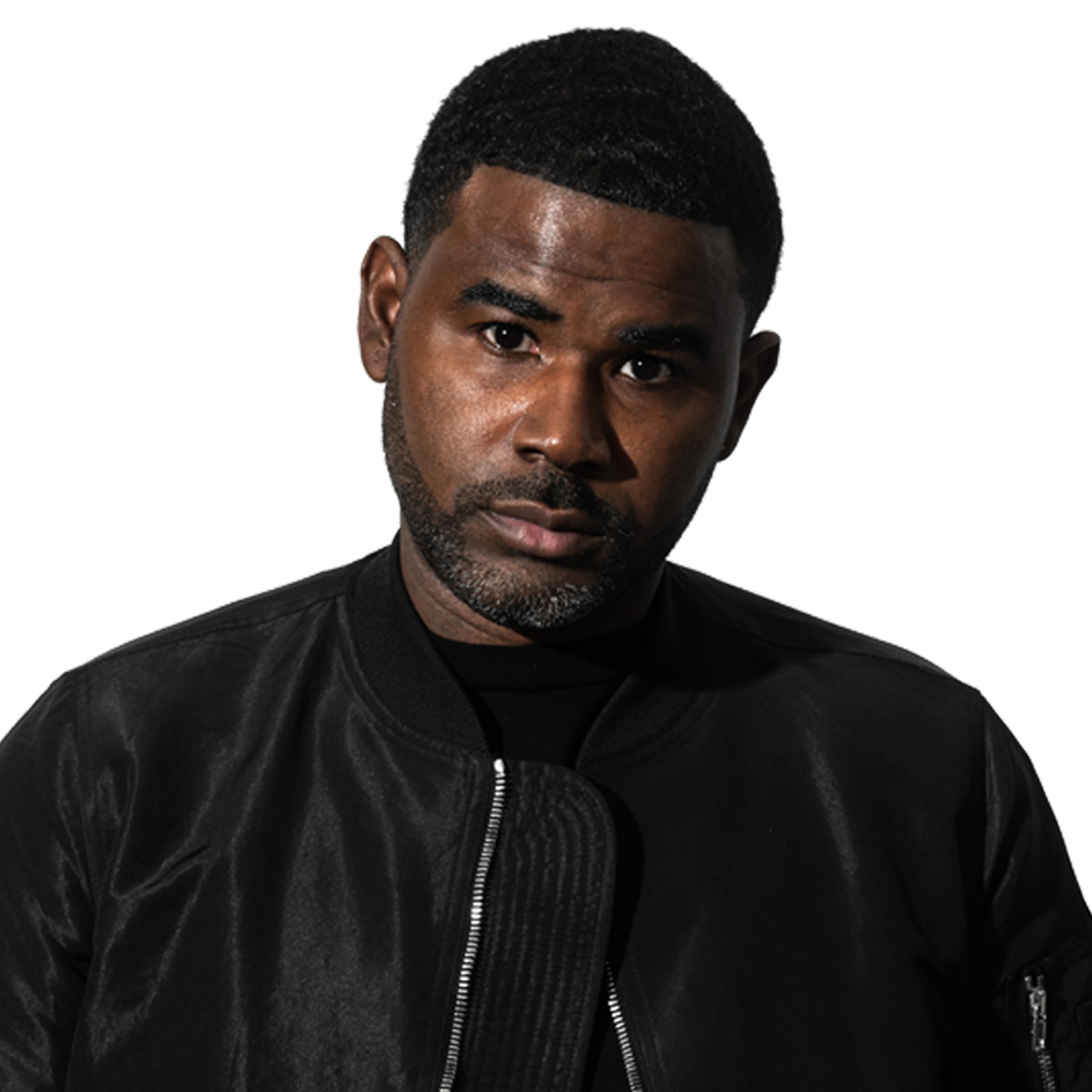
The Best of The BoF Podcast: James Whitner on Culture, Community and Building Brands with Purpose
James Whitner — founder of The Whitaker Group and the visionary behind retailers such as A Ma Maniére and Social Status — reveals how culture, purpose, and empathy drive his approach to business. Whitner witnessed firsthand how marginalised communities often face limited options, shaping his commitment to serving communities typically overlooked by the fashion industry. “I think what helped me understand life is difficult, it's just seeing a difficult life, right? Watching people struggle and seeing that there is privilege in pain,” says Whitner, about growing up in Pittsburgh, Pennsylvania. “When I look at what we’re creating now, it has purpose and is about standing up Black culture at the centre,” Whitner adds. “Everything is about real experiences and connections to people.”This week on the BoF Podcast, founder and CEO Imran Amed sits down with Whitner to explore his journey, learn about the driving force behind The Whitaker Group’s community-centric retail experiences, and understand why authenticity and cultural connection are non-negotiables in today’s fashion landscape.Key Insights: Intentionality and human connection are integral to James Whitner’s approach to retail spaces. Rather than focusing solely on product or profit, he strives to shape how people feel and engage with his brands. “We want to be really intentional about how we make humans feel, our connection to humanity, and how we can build a community,” he explains, emphasising that empathy and shared purpose can help to forge vibrant, long-lasting communities.Whitner also contends that building authentic connections starts with recognising the integral role of culture and purpose. “We sit in brand experiences and purpose because you can't leave culture out. I think everything we do is centred in culture,” he says. A key to Whitner’s success is resisting the temptation to be “for everybody.” Instead, he focuses on aligning with partners who share his vision for serving specific audiences with integrity. “If you want to work with brands who want to be for everybody, that means you’re for nobody,” he explains.Whitner champions an unwavering optimism that stays intact even amid shifting political headwinds. “We have to wake up and work and we have to be optimistic about the things that we can accomplish. If not, we've already lost because an administration change doesn't mean that my feelings around the work we're doing has changed and it doesn't mean that we can't be as impactful as we've always been.”Additional Resources:Streetwear Maven James Whitner Launches A Ma Maniére’s First In-House Line | BoFWhere Are Fashion’s Black CEOs? | BoF Hosted on Acast. See acast.com/privacy for more information.
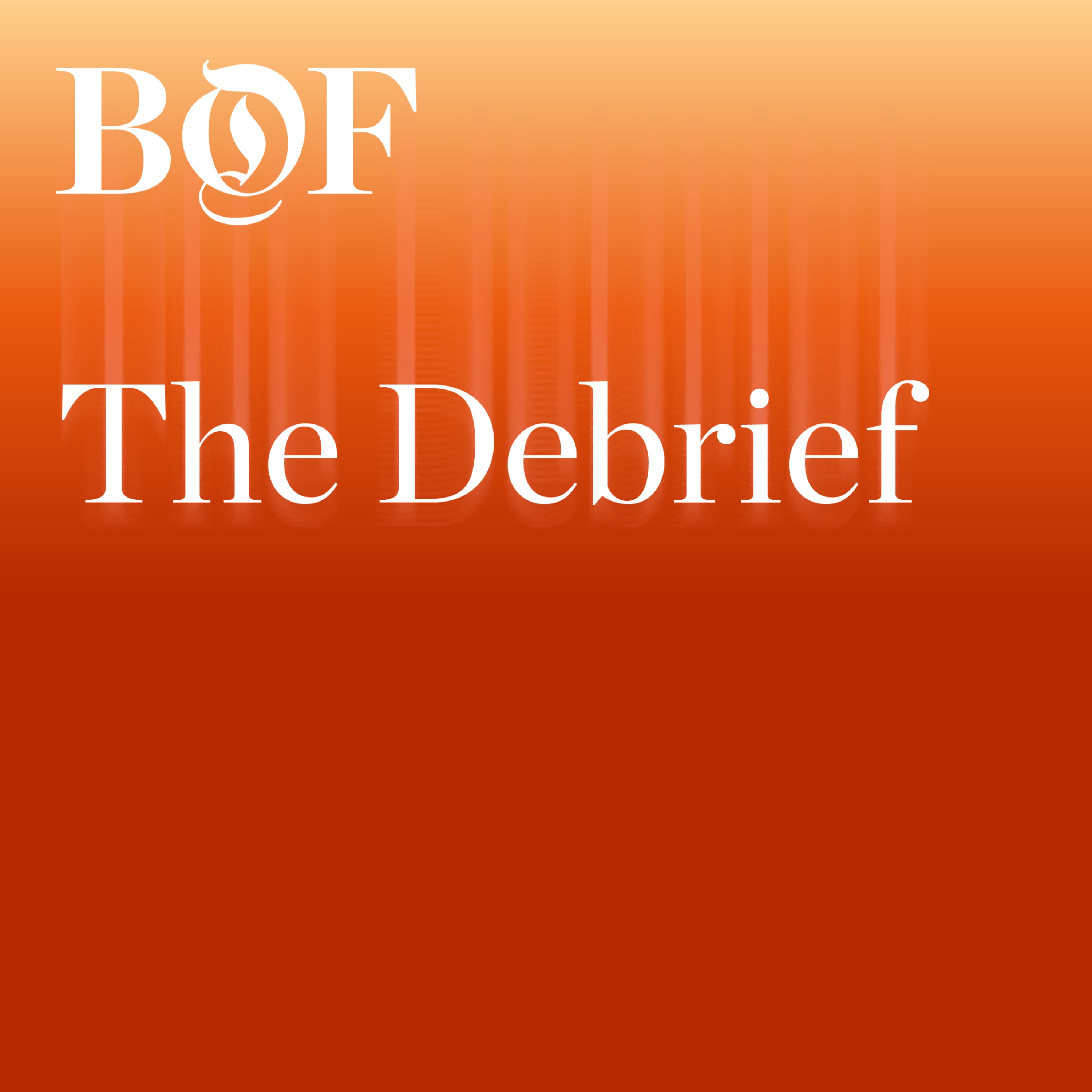
How Basketball Sneakers Got Their Groove Back
Performance basketball shoes have long been embedded in fashion culture, from the iconic Air Jordans of the 1990s to the stylised sneakers worn in NBA tunnel walks. But over the last decade, interest in basketball shoes waned as sneakerheads turned to minimalist silhouettes, running shoes and fashion collabs. Now, a new wave of signature athletes, innovative design from emerging and legacy brands and growing energy around the WNBA are bringing basketball sneakers back into the fashion spotlight.In this episode of The Debrief, BoF correspondents Lei Takanashi and Mike Sykes join hosts Sheena Butler-Young and Brian Baskin to unpack what's changed, what's still missing and what the future might hold.Key Insights: Basketball sneakers lost momentum with consumers when design became too functional and aesthetics too uniform. "All the styles just seemed kind of homogenous... There wasn't much difference there," said Sykes. "If you're not going to give us anything that looks different or anything that's unique, then people are going to go back and look into the past." This lack of innovation pushed sneakerheads toward nostalgic retro styles rather than new performance models.New stars like Anthony Edwards and Shai Gilgeous-Alexander are reigniting interest in signature sneakers, not just through performance but personal style and personality. "He's got the bravado. He's like everything that you want from a signature athlete," said Mike of Edwards. "A lot of these new players... they have this grip on the culture," added Lei, referring to how their on-screen charisma and tunnel fits are helping bring basketball sneakers back to relevance.The women’s game has long been rich in style and creativity — a fact the market is only now starting to catch up to. "Just seeing the creativity and the colour that has always been around the women's game when it comes to the sneakers that they've worn," said Mike. "It just makes it all the more disappointing... if we saw what we see today maybe five or 10 years ago, then the market right now would be completely different."In the past decade, attention shifted away from professional athletes and toward celebrity collaborators like Kanye West and Travis Scott. That dynamic is beginning to change. "From a brand perspective, the athletes just weren't the interesting players in the field," said Mike. "And so now I think the brands are circling back around and recentering athletes in a way that I think we haven't quite seen in a long time."Additional Resources:The Fashion Revival of Basketball Sneakers | BoFHow Soccer Conquered the US Sneaker Market | BoF Sign up to Mike’s newsletter - Sports by Mike D. Sykes Hosted on Acast. See acast.com/privacy for more information.
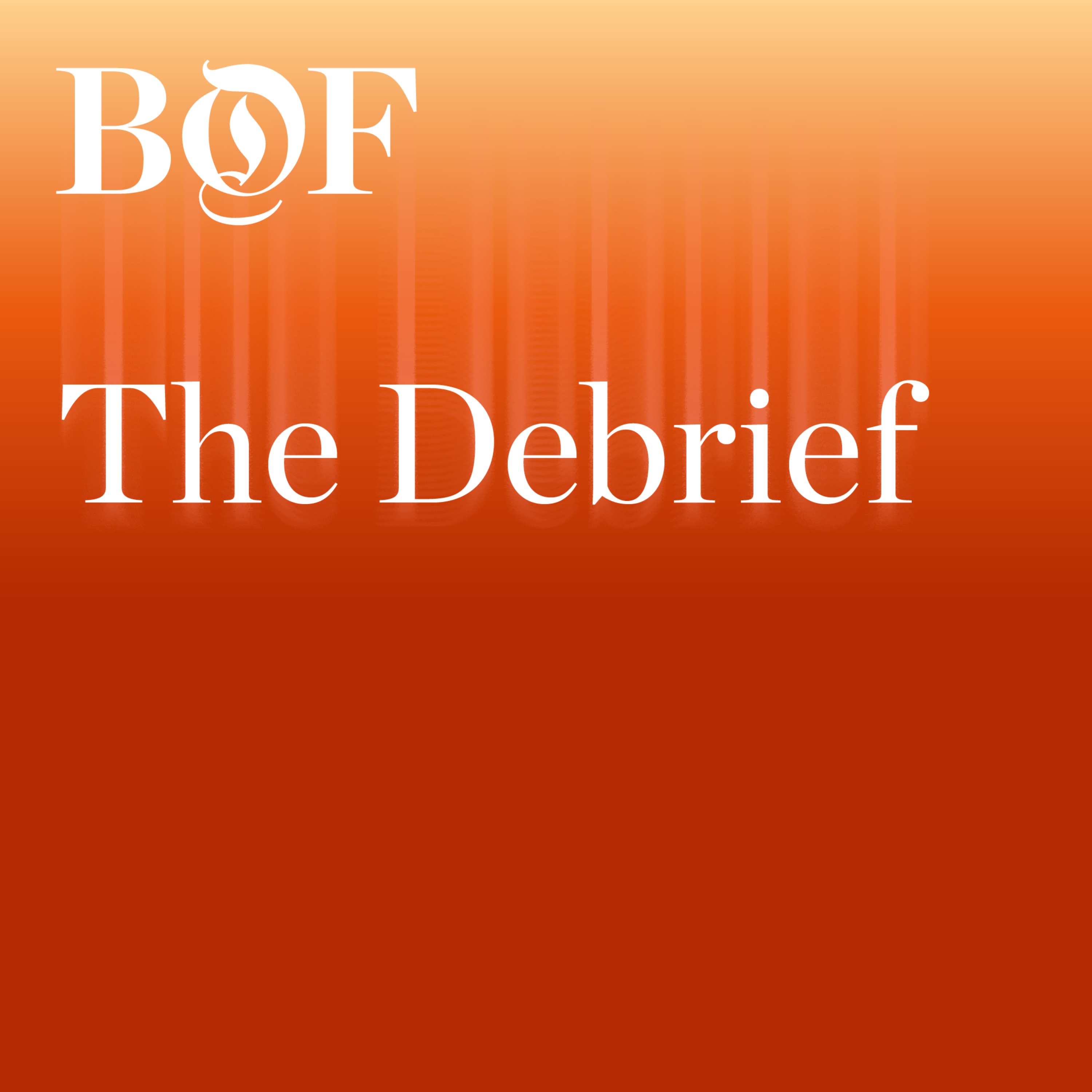
The Jobs Fashion and Beauty Talent Want in 2025
In the five years since the pandemic, fashion and beauty workplaces have undergone seismic change. Amid mounting economic uncertainty, geopolitical instability and the ongoing climate crisis, a workplace reckoning is underway. Employees are re-evaluating what truly matters at work and for many, that means reassessing everything from their employers’ values to compensation and flexibility.According to BoF Careers’ 2025 global survey of over 1,000 professionals in 74 countries, only 15 percent of respondents said they were satisfied in their current roles. Meanwhile, 45 percent are actively looking for new jobs and workers today are prioritising fair pay, career progression, flexibility, value alignment and transparency over legacy prestige or perks.On this episode of The Debrief, senior correspondent Sheena Butler-Young speaks with BoF’s commercial features director Sophie Soar to explore what talent really wants today and what employers need to do to attract and retain the best.Key Insights: Employees don’t just want transparency; they expect it as a foundation for trust and progression. From salaries to promotions, clarity enables professionals to visualise their future and stay engaged. “Transparency allows people to see their career trajectory at a business, as well as really visualising their future there and what it will look like,” said Soar. “Maybe they don’t find that motivating, but it can also set clear expectations and goals for them to work towards.”Hybrid work remains popular, but it’s not just about flexibility. Without visible leadership, the in-office experience falls flat and fails to deliver meaningful career support or culture. “If you are just providing a space that has a few desks and Wi-Fi, that is not creating the right kind of environment, the right set-up for community, as well as a comprehensive and effective working culture,” said Soar. “If you want employees to be back in the office, then leaders need to be there as well. They need to lead by example.”While high-profile brands still appeal to candidates, they’re no longer enough on their own. Employees are increasingly prioritising ethics, compensation, and leadership over legacy status. “When we were asking individuals as a part of the survey to share which companies they would most like to work for within the fashion and beauty industries, leaders were quite often called out by name,” said Soar. “Lina Nair at Chanel and Brunello Cuccinelli, they were called out individually as being very inspiring to individuals and a very motivating reason to want to work at a company.”As jobseekers increasingly rely on tools like ChatGPT to craft their CVs and cover letters, authenticity and personalisation are becoming critical differentiators. Top employers aren’t looking for generic admiration; they want thoughtful, tailored applications that clearly map experience to the role. “You kind of need to emphasise past the point of saying, ‘I love your brand, and it would be great if I could work at your brand’ – that is really not going to resonate with individuals hiring,” said Soar. “I would highly recommend making sure that if you're using this technology, you try and think about how you can put yourself into it.”Additional Resources:What Fashion and Beauty Professionals Want From Employers Hosted on Acast. See acast.com/privacy for more information.
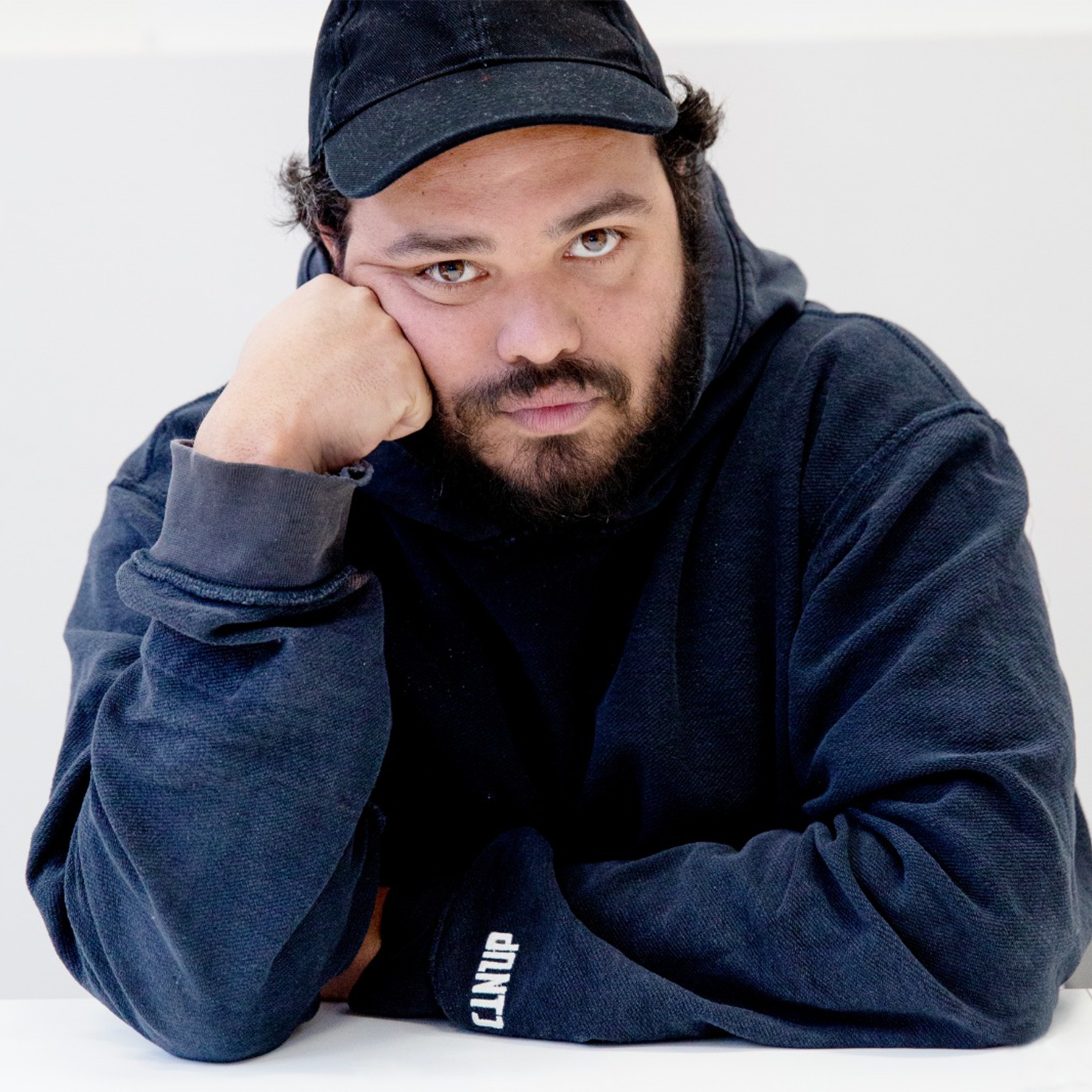
Why Duran Lantink Refuses to Follow Fashion’s Rules
From a very young age, Dutch designer Duran Lantink has been fascinated by the transformative power of fashion. His journey began in his early teens, culminating in his first runway show at just 14 years old. That collection, made from repurposed Diesel jeans and his grandmother’s tablecloth, was picked up by a local multi-brand store. And the rest is history.Today, Duran is known in the industry for his playful experimentation, innovative collections and provocative runway presentations. "I'm all figuring it out now. For me, I am just doing it step by step,” he shared. “Later on I really fell in love with this sort of non-conformative thing and I feel that the House of Gautier is very much about freedom and about culture and about bringing artists in and all these things and I hope the freedom and the possibility to really bring that in and really bring back that vibe from the late 80s or the beginning of the 90s and that really excites me."In Paris, for his first ever English-language podcast, BoF founder and CEO Imran Amed sat down with Lantink to talk to him about his personal fashion journey, understand the source of his creativity and how he’s thinking about stepping into the role of creative director at an iconic fashion brand. Key Insights: Duran Lantink’s passion for fashion manifested early, culminating in his first runway show at just 14. Using repurposed Diesel jeans and his grandmother’s tablecloth, Lantink created a collection unexpectedly picked up by a local multi-brand store. "I think till now that has been my most commercially successful experience," Lantink jokes. But the moment was pivotal, crystallising his future path: "It probably was one of those moments where I really knew what I wanted to do in life."Lantink's creative ethos has always revolved around repurposing and transforming existing garments. This distinctive approach initially met resistance in traditional fashion schools. "I've always been obsessed with cutting up clothes, mixing clothes," he says. At times, educators dismissed him, suggesting he might be better suited as "a stylist or artist," but Lantink remained unwavering: "I didn't really care. I just wanted to do what works for me."Lantink's visibility skyrocketed after designing Janelle Monáe’s viral "vagina pants," but his industry breakthrough came during the pandemic with a drone-based fashion show. "I was finally able to reach a bigger audience because nobody could go anywhere anyway." The inventive showcase attracted support from influential industry figures, propelling his reputation internationally.Taking on the creative directorship at Jean Paul Gaultier signifies a new chapter for Lantink. The opportunity resonated deeply with his creative philosophy and personal history. "It went back to where I came from, this obsession with nightlife and people dressing up," he says. Embracing the legacy of freedom associated with Gaultier, Lantink expresses excitement for the creative potential: "The House of Gaultier is very much about freedom and culture. That really excites me."Additional Resources:Duran Lantink | BoF 500 | The People Shaping the Global Fashion IndustryExclusive: Jean Paul Gaultier Names Duran Lantink Creative Director Hosted on Acast. See acast.com/privacy for more information.
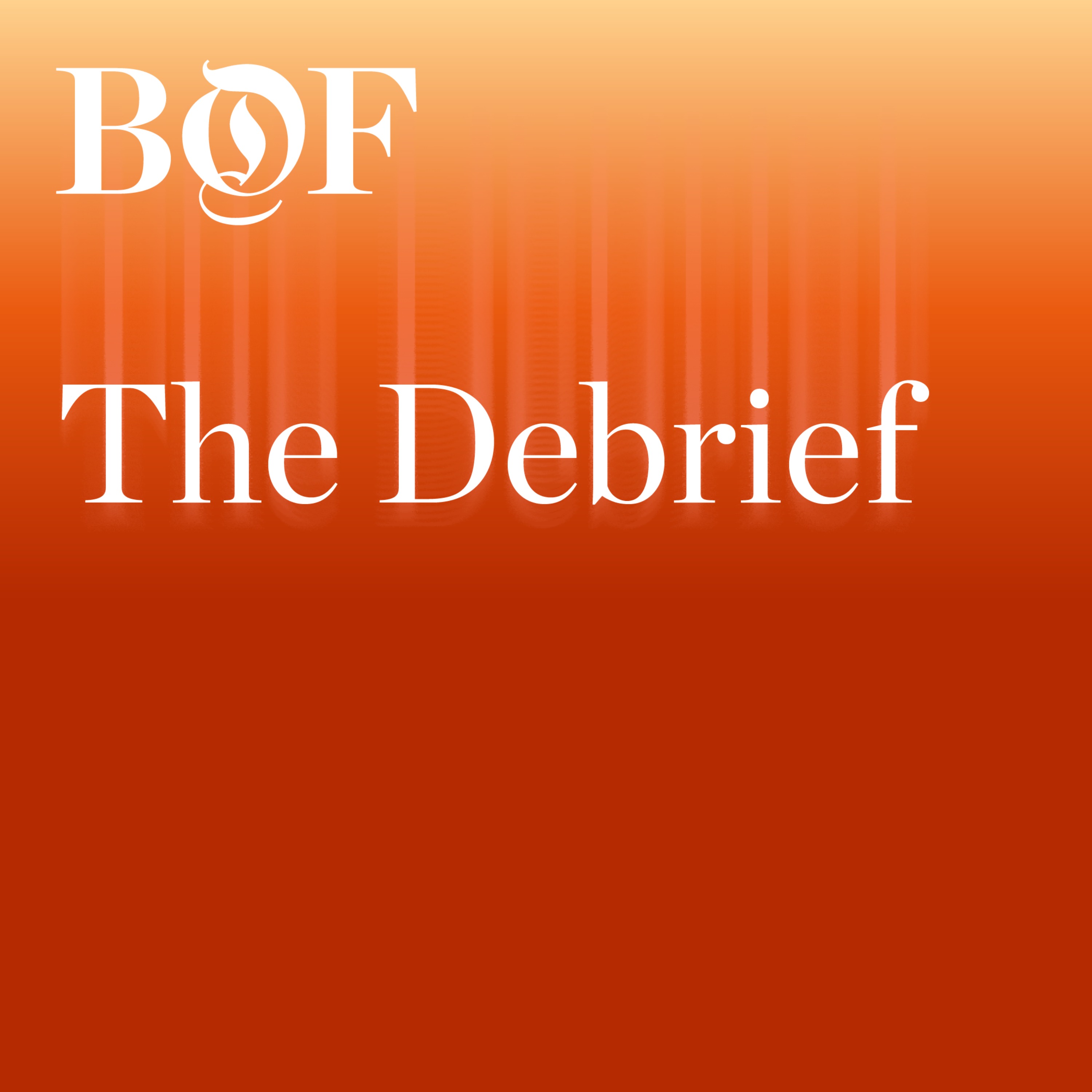
High Luxury, Cheap Labour: Inside Loro Piana's Sweatshop Links
The luxury industry trades on a carefully constructed marketing image, deeply linked to artful claims of exclusivity, craftsmanship, and impeccable standards. But a slew of Milanese court cases linking some of luxury’s biggest names to sweatshops on the outskirts of the fashion capital have sent uncomfortable shockwaves through the sector. Last week, LVMH-owned cashmere brand Loro Piana became the latest company caught up in the scandal. According to prosecutors, inadequate supply chain controls meant thousands of the brand’s cashmere jackets were made under exploitative conditions in illegal workshops. The scandals raise critical questions about luxury’s supply-chain integrity at a time when trust in the sector’s value proposition is already eroding.This week on the Debrief, chief sustainability correspondent Sarah Kent joins Sheena Butler-Young to unpack the investigation and what it means for brands and consumers.Key Insights: Prosecutors in Milan argue that luxury brands’ links to local sweatshops are a feature, not a bug in the system. Companies are negligent in how they monitor their supply chains and routinely turn a blind eye to red flags in order to maximise profits they say. "The crux of these cases is that big luxury brands are not really doing their homework," said Kent. Brands caught in the investigation say they have strong systems of controls in place and that they have cooperated with authorities to understand where things went wrong. Loro Piana, a brand long considered the pinnacle of luxury craftsmanship, is the latest — and perhaps most surprising — name to be swept up in the investigation. Renowned for its control over production and its sourcing of rare materials like baby cashmere and vicuña, Loro Piana sits in one of the most exclusive tiers of fashion, alongside labels like Hermès.Brands caught up in the scandal have been placed under court oversight to ensure they tighten up their supply-chain controls, but the broader systemic issues revealed by the Milanese investigations have no easy fix. "There are deep-seated economic challenges for an industry that is still largely very fragmented, made up of mom-and-pop shops competing on a global stage with countries that have much lower labour costs," said Kent. Manufacturers are under intense pressure on price, speed and flexibility, conditions that have helped give rise to “a cottage industry of cut-price suppliers that are not meeting Italy's own labour laws," she said.In the past, luxury brands have proved remarkably resilient to such scandals."What feels different this time is there is more jeopardy than there has been historically,” said Kent Hefty price increases over the past few years coupled with online complaints about declining quality are already fuelling a noisy debate about whether luxury brands are really worth the money. The sector’s alleged sweatshop links are “feeding into a bigger conversation that's already happening in a dangerous way,” said Kent. “This is not just a one-off scandal affecting one brand that can fade into the background.”Additional Resources:How Loro Piana Was Linked to Labour Exploitation | BoF If You Can’t Trust Loro Piana, Who Can You Trust? | BoF Hosted on Acast. See acast.com/privacy for more information.
You may also like
Create Your Podcast In Minutes
- Full-featured podcast site
- Unlimited storage and bandwidth
- Comprehensive podcast stats
- Distribute to Apple Podcasts, Spotify, and more
- Make money with your podcast
